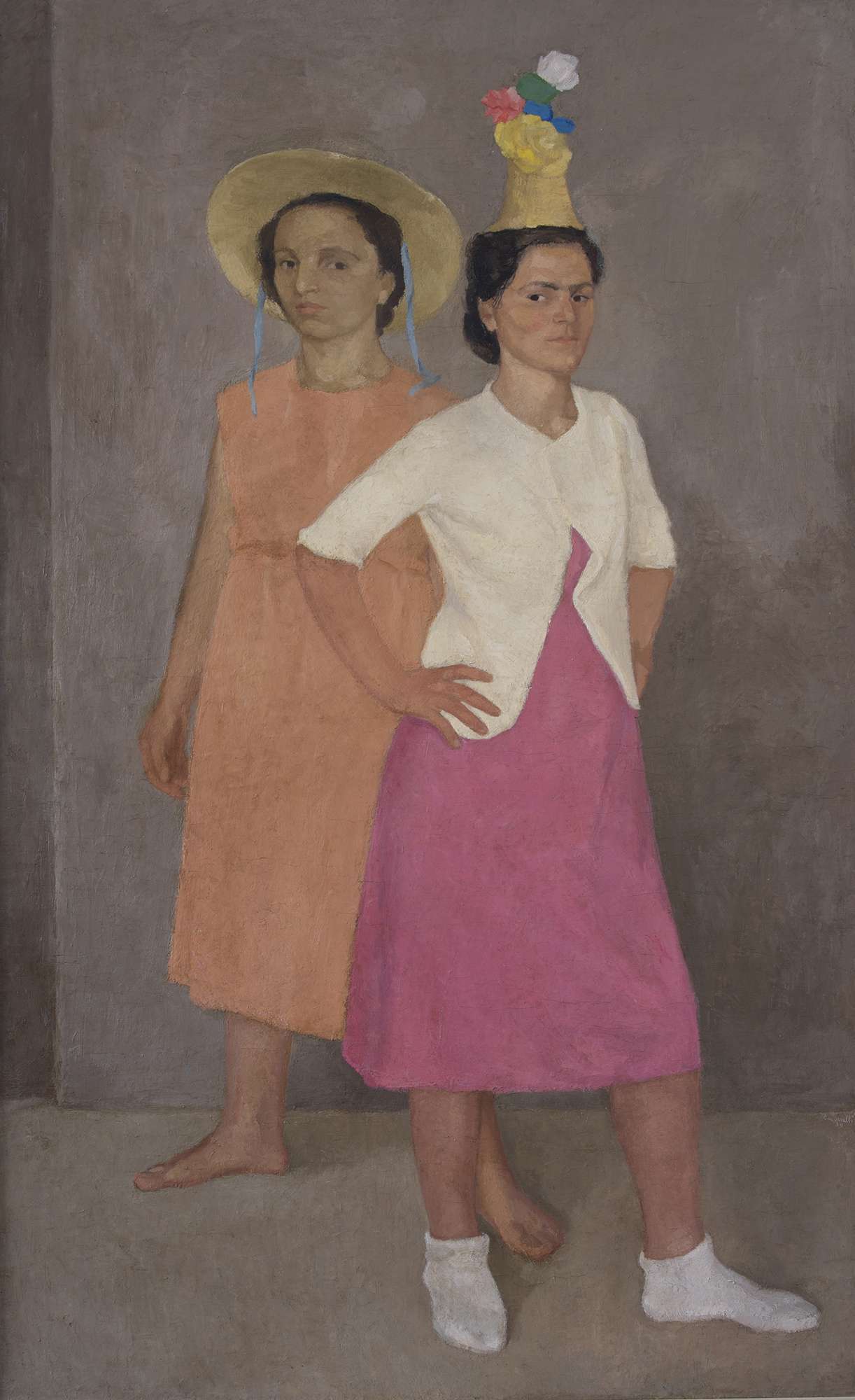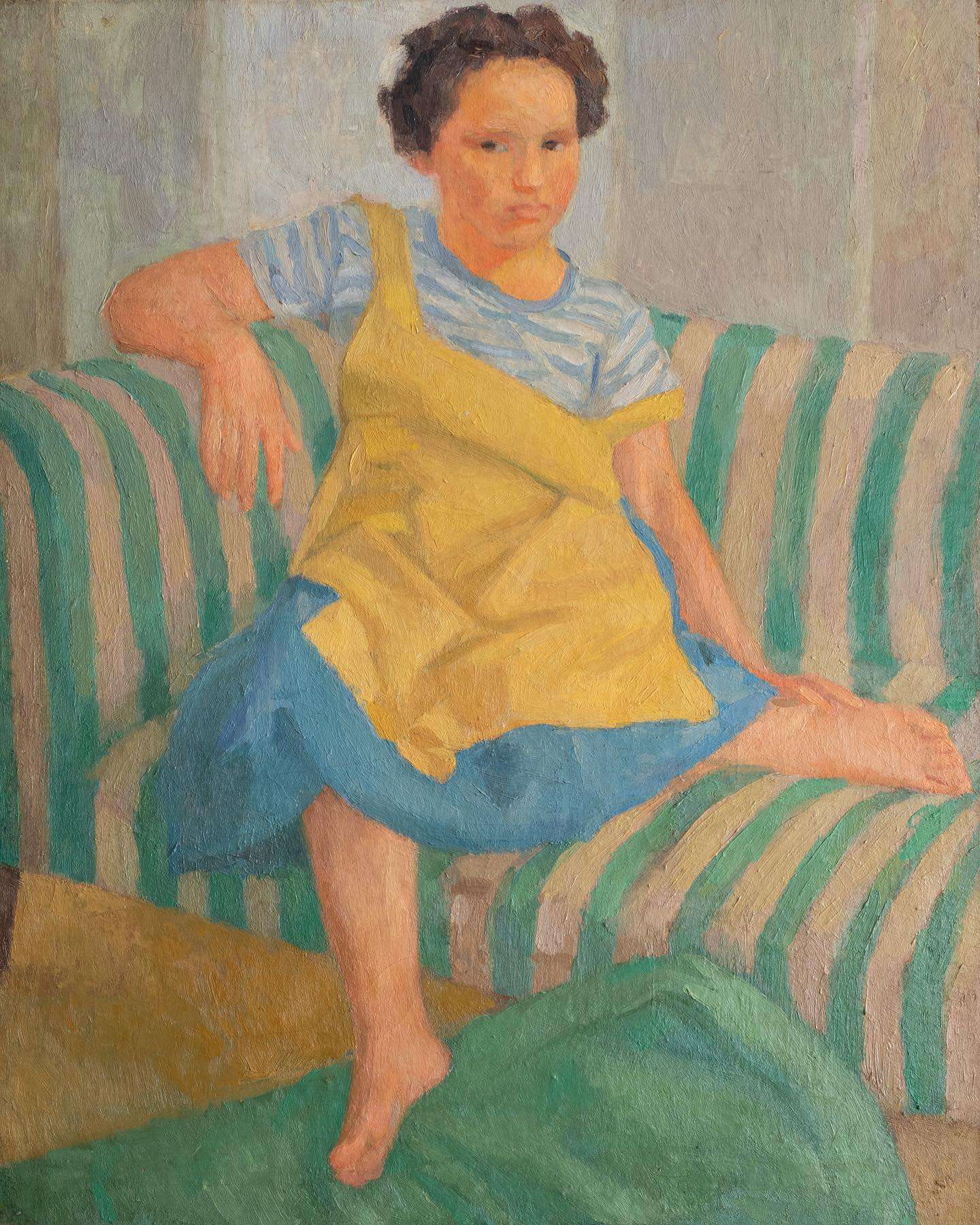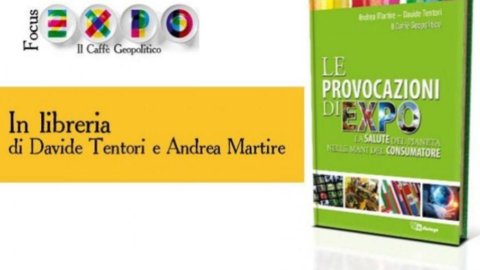The great painter who in 33 with Capogrossi and Roberto Melli launched a challenge to the official art linked to fascism with the "Plastic Primordialism Manifesto" presented in Paris around which other artists gathered who share a painting based on pure expressive value and evocative of color.
The exhibition, hosted by the Anticoli Corrado Museum, which contains testimonies of all the artists who met in this elective place between the end of the 800th and the beginning of the 900th century, is entitled “Emanuele Cavalli. tone and form – reality and magic” and is articulated on a selection of important masterpieces from private collections, therefore it represents a unique opportunity to admire some works by the great artist not usually present in traditional exhibitions.
The exhibition – curated by Manuel Carrera, art historian and director of the museum – investigates the key aspects of Emanuele Cavalli's production starting from the early thirties of the twentieth century. Cavalli, one of the most convinced promoters of the renewed conception of painting based on chromatic accords, developed his own pictorial language by assiduously frequenting the village of Anticoli Corrado, working in a sort of artistic communion with prominent painters such as Capogrossi, Felice Carena, of whom he was a pupil , and Fausto Pirandello.
And it was Pirandello who pushed him to move to France where he was introduced by his friend Onofrio Martinelli into the circle of the Italiens de Paris (De Pisis, De Chirico, Savinio and others). And where he exhibited at the Salon Bovy in Paris together with Fausto Pirandello and Di Cocco.

«As for the composition, so for the colour, one should reach an absoluteness of colour», Cavalli wrote already in 1938; «in a perfect composition no line, no space can have changes or displacements; a red color, for example, cannot be replaced by any other tone, not even a quality one, such as another type of red. The tonal setting, the color composition is such that two tones are followed by a third which gives the tone. In the likeness of sounds».
“The feeling we experience in front of a painting by Cavalli – wrote the art critic Romeo Lucchese presenting an exhibition on the Roman school at La Barcaccia in 1964 – is the same one that the painter experienced when painting it; that is, that pure emotion in front of the landscape or still life which (as happens to someone who plays a page of great music) immerses us in that mood of high correspondence with things and creation (metaphysical levitation) where senses and spirit are one.
The relationship of inspiring harmony between music and painting has always been cultivated by Cavalli. I remember how he painted collected and fixed on his canvases in 1934, while Bach's Toccatas and Fugues followed one another in the studio. And he continues to practice this process hand in hand between painting and music. Something of the sublime musical chords remains in the air of his paintings. Also for this reason the group of bottles, glasses, carafes and other objects on a table can move in him a singular emotion reawakening images and mythical places full of inner wonders and luminosity, such as crystals have. And his crystals derive from pure colors that he kneads with great skill. The objects that the common man looks at with a practical eye for daily actions become for Cavalli metaphysical objects bordering on abstraction and apparitions, each object and place possessing its own demon, its own mysterious presence.

The marvel that Cavalli manages to operate lies in revealing and making people understand the poetry of the most commonly used objects or the less scenic aspects of a landscape. This idyllic and elegiac poet of painting is reflected with extraordinary effectiveness in sensitive spirits, revealing to them magical realities through pure painting, through pure plastic values. We are dealing with slight, imperceptible, musically perfect relationships of shapes, solids and voids, spaces and masses which, becoming images, fill us with amazement. His paintings breathe through an essential pictorial material enclosed in forms of high style and which are exclusively by Cavalli, while remaining universally and lastingly understandable and participateable ”.
Manuel Carrera in the volume accompanying the Anticoli Corrado exhibition published by De Luca Editori d'Arte deals with the articulated and complex personality of Cavalli who was also an illustrious photographer and passionate about esotericism. "The research conducted by the painter from Lucerne - writes Carrera - on the relationship between the tones of painting and those of music - mindful of the experiments carried out between the nineteenth and twentieth centuries by some of the most important artists active in Europe, from James Whistler to Wassily Kandinsky - they materialize not only in the best-known portraits, multi-figure compositions and landscapes, but also in numerous still lifes.
Preponderant in the exhibition is the theme of the figure, central to the artist's imagination: portraits, but also large compositions and nudes, such as The bathroom of 1937, and Figure in the mirror of 1939, one of the most famous masterpieces of the Apulian painter. From the tonalism of the Pomegranates of 1937 to the geometric absoluteness of the Spheres of the last period, the exhibition therefore proposes a focus on still lifes, "in an exhibition - writes the curator - which highlights the evolution of his complex artistic language: a path slow, coherent and deeply meditated, strongly influenced by the esoteric and hermetic disciplines, which the artist studied with passion like many of his colleagues in the same years, and subsequently by Zen philosophy.”.
The exhibition consequently offers a wide-ranging look at a complex, cultured artist deeply in love with painting who made a fundamental contribution to the development of modern art in Italy in the twentieth century. Yet despite the numerous awards obtained in such a dramatic period as that was between the two world wars Cavalli was sometimes overlooked by an inattentive historical-artistic literature. Shortcomings that have even occurred in some exhibitions dedicated to the Roman school, an expression which, among other things, was born in the context of an exhibition that Cavalli held in Paris in 1933 with Giuseppe Capogrossi, Corrado Cagli and Ezio Sclavi. With the choice of the subtitle, Carrera therefore intended to underline Cavalli's role in that precise context which was the absolute protagonist and thus do him justice.
EMANUELE CAVALLI TONE AND FORM, REALITY AND MAGIC edited by Manuel Carrera. Civic museum of modern and contemporary art. Piazza Santa Vittoria, Anticoli Corrado I
Hours: from Tuesday to Friday: 10-16 / Saturday and Sunday 10-18 / Monday closed
www.museoanticolicorrado.it





